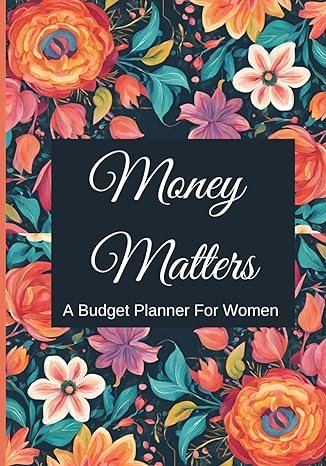Question
Suppose this morning SPB Ltd., a solar panel and battery manufacturing company, paid a dividend of $5 per share. At 10 a.m. SPB announced its
Suppose this morning SPB Ltd., a solar panel and battery manufacturing company, paid a dividend of $5 per share. At 10 a.m. SPB announced its latest earnings results (which were unexpectedly good) and management seems very happy. One year ago, SPB paid for and implemented the Stealth Disposal (SD) project for handling its toxic waste. Only SPB's management is aware of the SD project. The project has reduced SPB's expenses related to toxic waste disposal, but there is a 25% chance of toxic contamination of the drinking water for the nearest city. SPB management has no intention of publicly disclosing that the SD project exists. Following this morning's 10 a.m. quarterly earnings announcement, SPB's earnings growth prospects look very good based upon substantial cost savings (although investors don't know it, these cost saving are due to the SD project). SPB's earnings announcement has caused investors to reassess SPB's dividend growth with the new expectation that dividends will grow by 0.5% each quarter. Prior to the announcement, dividends were expected to grow by 0.4% each quarter. In addition, given investors' perceived risk of SPB, the equity cost of capital for SPB is 14% (effective annual rate). Complete parts a through f below.
a. Assume the market is semistrong-form efficient. What was the price of SPB's stock at 9:30 a.m.?
The price of SPB's stock at 9:30 a.m. was $ ----?
b. Continue to assume the market is semistrong-form efficient. What was the price of SPB's stock at 10:30 a.m.?
The price of SPB's stock at 10:30 a.m. was ----?
c. By what percent did SPB's stock price change between 9:30 and 10:30 a.m.? Is this consistent with the efficient markets hypothesis?
The stock changed by %---- (???) between 9:30 and 10:30 a.m. This ----(is/isn't)---- consistent with the efficient markets hypothesis.
d. Suppose an analyst is doing a site visit at SPB today and discovers the SD project. At noon, the analyst releases a public announcement about her findings, indicating that the SD project exists and there is a 25% probability of a catastrophic disaster. This information causes investors to reassess SPB's future dividends as follows: 25% probability of no dividends in the future, because SPB would go bankrupt if the water contamination occurred; 75% probability of dividends, but with a growth rate of only 0.2 % per quarter. What happens to SBP's stock price after the announcement? Is this consistent with the efficient markets hypothesis?
After the announcement the stock price is $---?
Compared to the 10:30 a.m. stock price there is a (negative/positive----???) return caused by the information. This (is/isn't)---????) consistent with the efficient markets hypothesis.
e. The SD project did result in increased earnings this quarter, so was implementing the SD project consistent with shareholder wealth maximization?
The SD project (is/isn't -----????) consistent with shareholder wealth maximization because it (eroded/increased----????) the value of SPB's shares.
f. Why would the CEO of SPB have implemented the SD project, knowing that there could be an adverse market reaction if SD became public? Select all that apply.
A) The CEO will likely benefit from the company going bankrupt, so there is no negative outcome from the CEO's perspective.
B) If the CEO did not expect to work at SPB much longer and did not hold SPB's stock, then the CEO may not suffer any long-term loss.
C) The CEO might have implemented the SD project because it increased short-term earnings, and the CEO may receive a bonus based on these earnings.
D) The CEO might have implemented the SD project because it maximizes shareholder wealth, and the CEO would benefit from the earnings over time.
What kind of problem is this?
This would be an example of the (capital gain/ maximum-wealth/ principal-agent/ bid-ask------??????)problem,
where the CEO's incentives (arenot/ are-----??) aligned with shareholders' desire for shareholder wealth maximization.
Step by Step Solution
There are 3 Steps involved in it
Step: 1

Get Instant Access to Expert-Tailored Solutions
See step-by-step solutions with expert insights and AI powered tools for academic success
Step: 2

Step: 3

Ace Your Homework with AI
Get the answers you need in no time with our AI-driven, step-by-step assistance
Get Started


